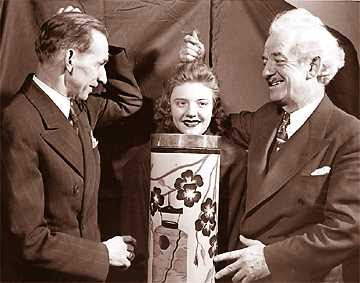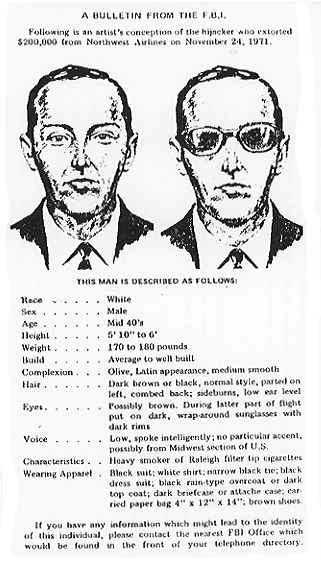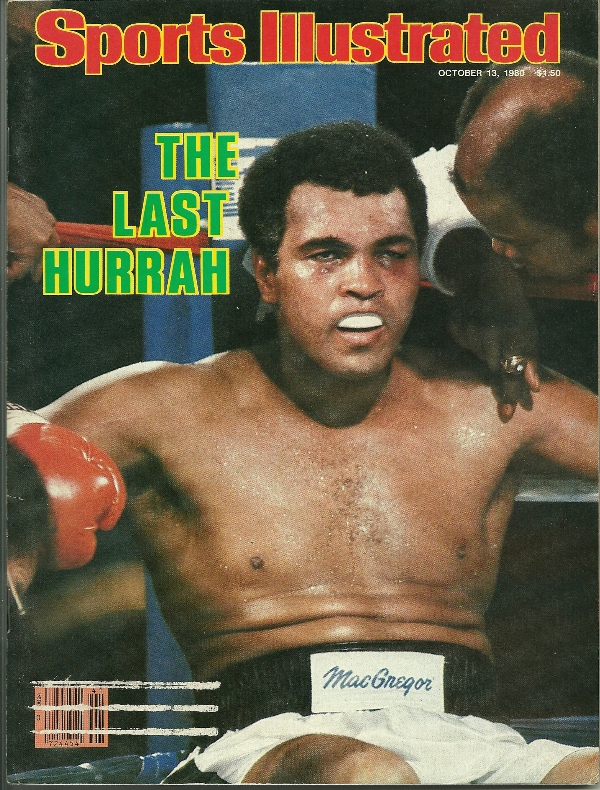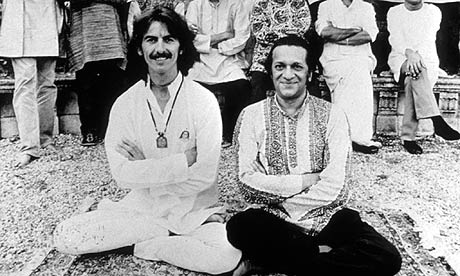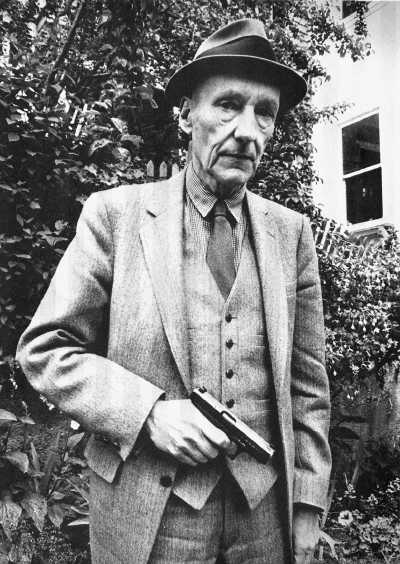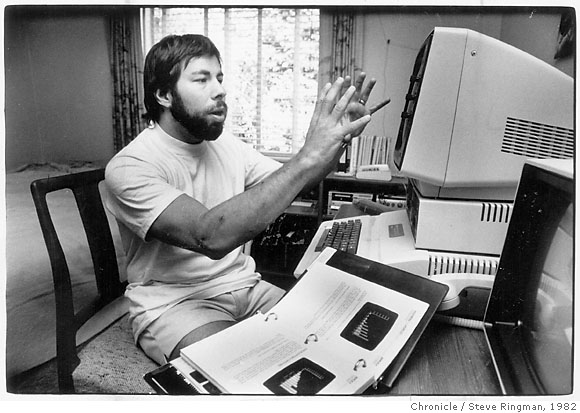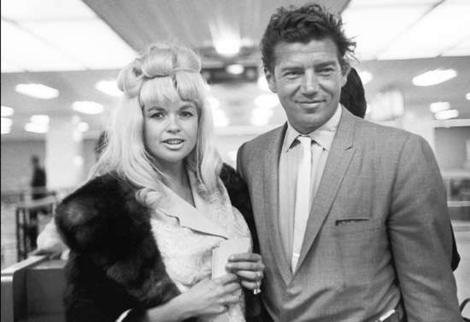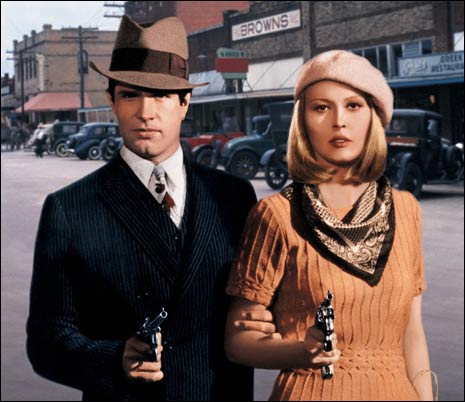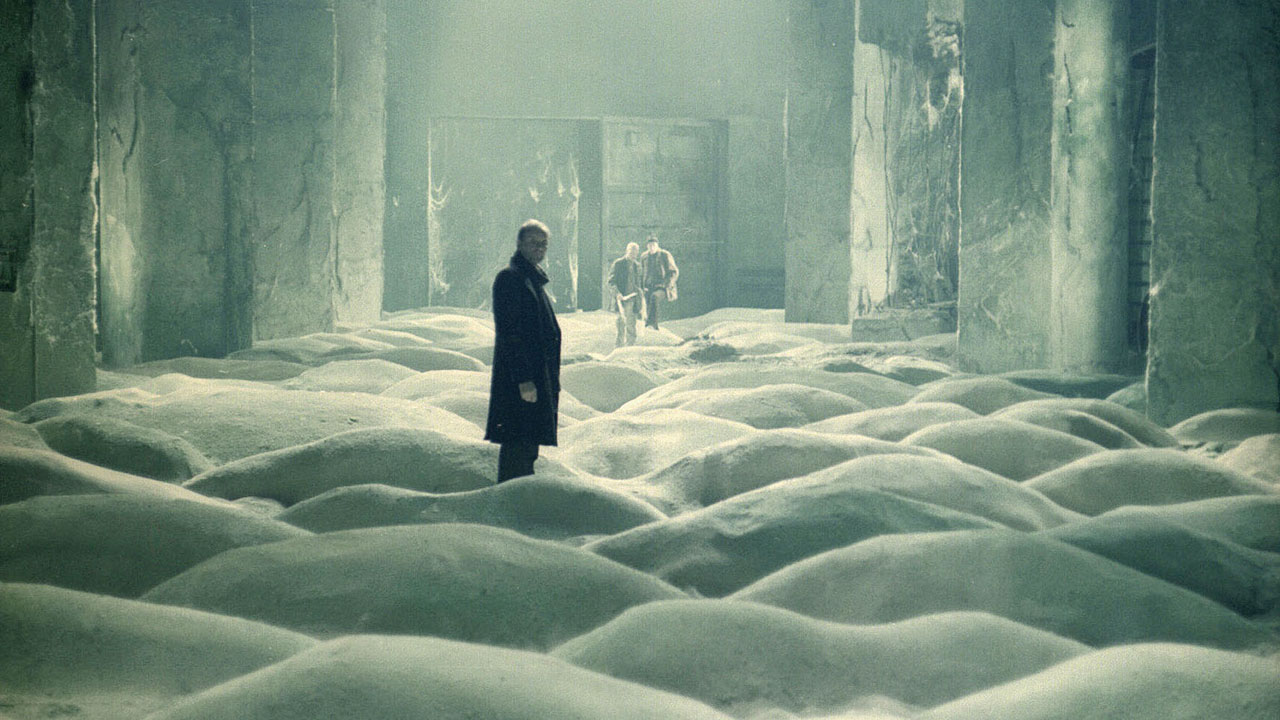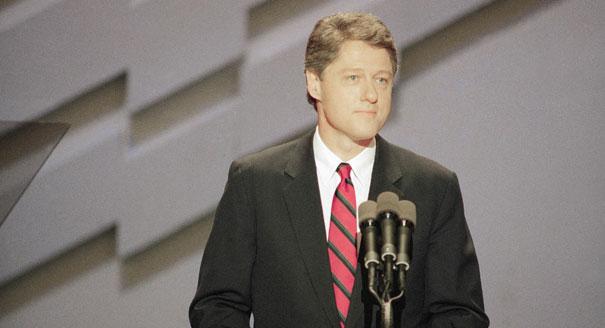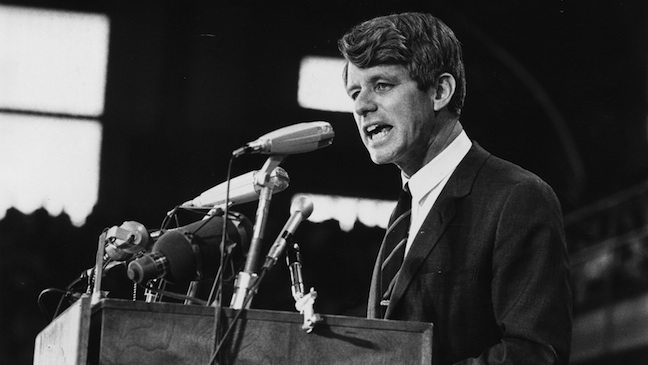IBM has published its new “5 in 5” list, which predicts the new technologies are right around the corner. Below is an excerpt of one of them followed by the official video.
“Taste: Digital taste buds will help you to eat smarter
What if we could make healthy foods taste delicious using a different kind of computing system that is built for creativity?
IBM researchers are developing a computing system that actually experiences flavor, to be used with chefs to create the most tasty and novel recipes. It will break down ingredients to their molecular level and blend the chemistry of food compounds with the psychology behind what flavors and smells humans prefer. By comparing this with millions of recipes, the system will be able to create new flavor combinations that pair, for example, roasted chestnuts with other foods such as cooked beetroot, fresh caviar, and dry-cured ham.
A system like this can also be used to help us eat healthier, creating novel flavor combinations that will make us crave a vegetable casserole instead of potato chips.
The computer will be able to use algorithms to determine the precise chemical structure of food and why people like certain tastes. These algorithms will examine how chemicals interact with each other, the molecular complexity of flavor compounds and their bonding structure, and use that information, together with models of perception to predict the taste appeal of flavors.
Not only will it make healthy foods more palatable — it will also surprise us with unusual pairings of foods actually designed to maximize our experience of taste and flavor. In the case of people with special dietary needs such as individuals with diabetes, it would develop flavors and recipes to keep their blood sugar regulated, but satisfy their sweet tooth. ”

